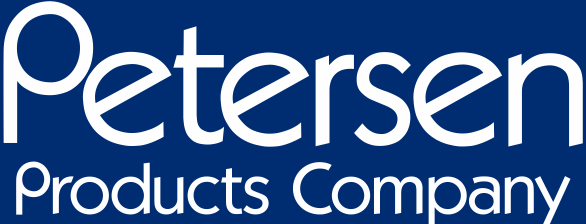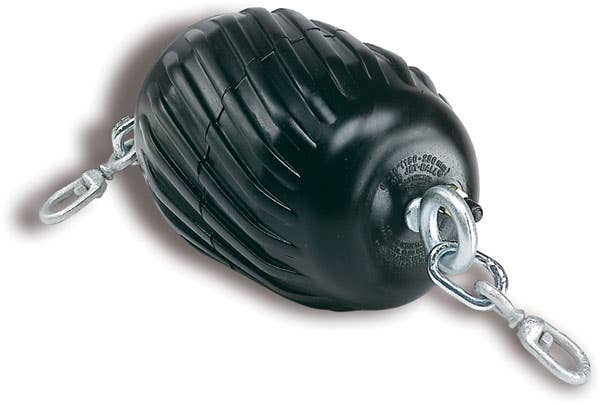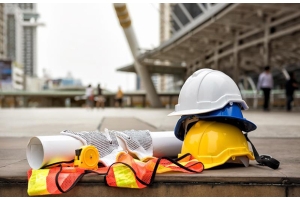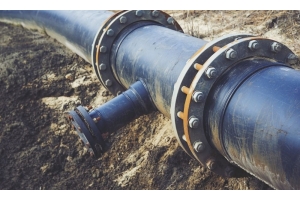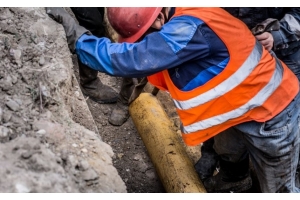Top 6 Industrial Pipeline Cleaning Methods For Effective Cleaning


Cleaning pipelines is critical to make sure industrial processes run smoothly and safely. Pipelines may accumulate debris over time, reducing flow efficiency, increasing downtime, and posing possible safety risks.
Regular pipeline cleaning ensures optimal performance, prevents clogs, and extends the pipeline's lifespan. Neglecting this maintenance can lead to costly disruptions and major safety hazards, therefore routine pipeline cleaning is necessary for smooth industrial operations.
How to Determine if Your Pipeline Needs Cleaning? Top 5 Signs
Pipeline efficiency can be maintained mostly through regular inspections and monitoring. Identifying the initial signs of problems can avoid expensive repairs which may lead to loss of working time. Your pipeline might require cleaning if you see any of the following:
- Monitor Flow Rates and Pressure: A drop in flow or fluctuating pressure can signal blockages or buildup.
- Inspect for Visible Blockages: Look for slow drainage, unusual odors, or sediment at exits.
- Check for Corrosion and Wear: Signs of rust or pipe degradation suggest a need for cleaning.
- Evaluate Performance Changes: Decreased efficiency or increased energy use may indicate blockages.
- Respond to System Alerts: Pay attention to alerts from sensors that indicate flow or pressure issues.
6 Industrial Pipeline Cleaning Methods for Effective Pipeline Cleaning
-
Flushing Grease and Paraffin
Flushing involves using high-temperature water to clear grease and paraffin from a drain pipe. Connect a Drain Flusher to a hot water source set to 180°F and let it run until it melts and clears any grease or other materials that are obstructing or slowing down the drain pipe. This method effectively dissolves and removes blockages caused by grease and paraffin. -
Pigging
Pigging involves using a cylindrical device called a "pig" to push or scrape debris from inside a pipeline. Standard options include foam and rubber pigs, while smart pigs come equipped with sensors for inspection. Pipeline cleaning balls can be used alongside pigs for enhanced cleaning. This method is cost-effective and suitable for moderate to heavy deposits. However, they have limited effectiveness against corrosion and can potentially damage pipelines if not managed properly. -
Hydro-Jetting
Hydro-jetting uses high-pressure water jets to remove debris and buildup from pipes. The technology uses high-pressure water jetting equipment that may be adapted to different pipeline sizes. Drain jetters are useful in smaller pipelines, whereas hydro-jetting nozzles provide targeted cleaning. This approach is quick and effective for large deposits, but it is costly and may damage pipelines.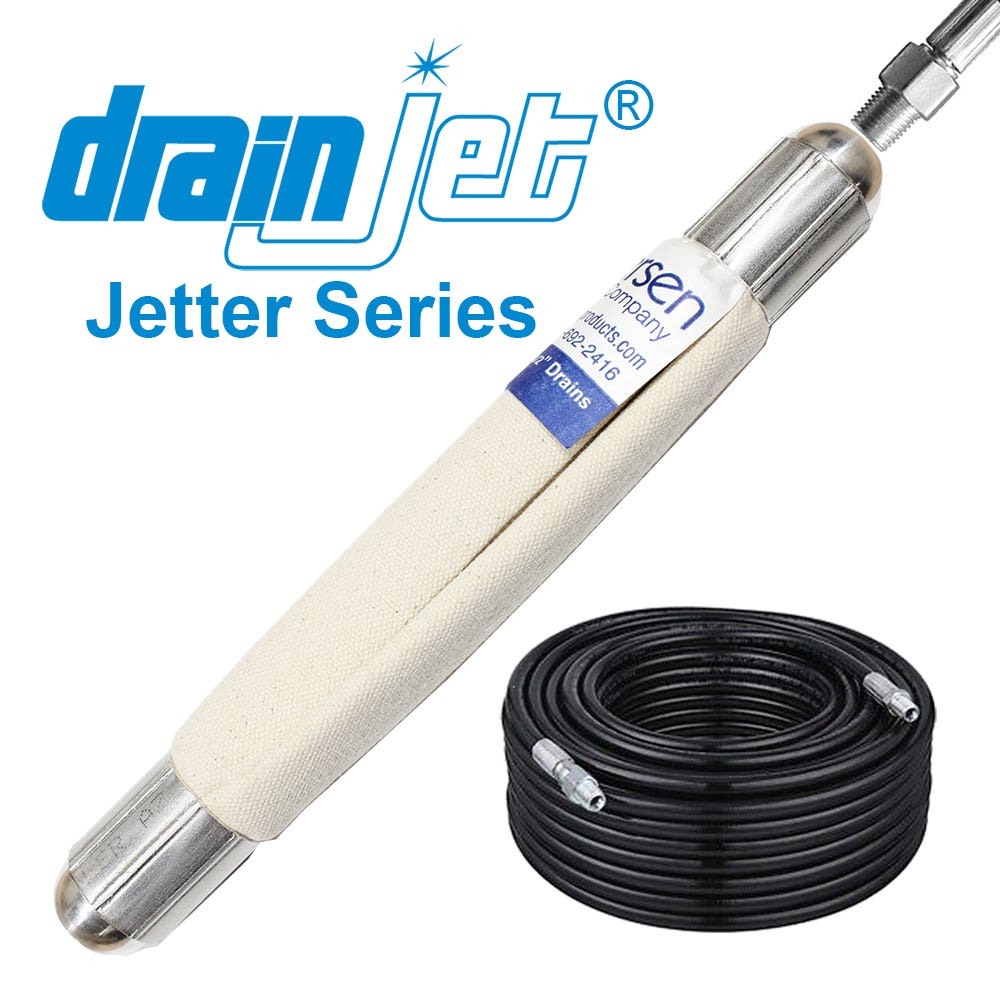
-
Chemical Cleaning
Chemical cleaning involves using specialized solutions such as acids and alkalis, to dissolve and remove deposits from pipelines. For effective results, chemical solutions like phosphoric acid for rust removal or caustic soda for organic deposits are employed. Chemical injection systems, including dosing pumps and mixers, are utilized to precisely apply these agents to the pipeline. This method is effective for tackling corrosion and stubborn deposits. However, it can be costly, poses environmental risks, and is time-consuming. -
Ice Pigging
Ice Pigging™ cleans pipelines using an ice slurry which targets biofilm and other lighter debris. The procedure uses ice slurry generators to make the combination and specialized ice pigging equipment for application. It is faster than traditional pigging and more successful for lighter debris, but it is not ideal for major blockages and may result in higher long-term costs. -
Steam Blowing
In order to eliminate any accumulation of stuff from pipes, steam blowing uses very high-pressure steam. A huge advantage of this method is that it utilizes sophisticated steaming devices like high-pressure steam generators and precise nozzles that are meant to effectively deliver and control the flow of steaming. These devices guarantee that the conduits would be completely cleansed as well as ready for operation. Howbeit; it should be noted that although this technique offers maximum results, the use of such artillery might demand expert knowledge and may turn out to consume too much energy. The specialized equipment used in steam blowing processes could make them require a lot energy.
4 Key Factors for Choosing a Pipeline Cleaning Method
When selecting the most suitable method for industrial pipeline cleaning, several critical factors must be taken into account to ensure effectiveness and efficiency. Here’s are key factors you need to consider:
1. Pipeline Material
- Metallic Pipelines: For pipelines made of metals such as steel or iron, methods like pigging or hydro-jetting can effectively remove debris without causing damage. However, Chemical cleaning may be used for severe corrosion issues.
- Plastic or Composite Pipelines: These materials might be more susceptible to damage from aggressive cleaning methods. Hydro-jetting with controlled pressure or non-abrasive chemical cleaners are often preferable.
2. Pipeline Size
- Large-Diameter Pipelines: Techniques such as pigging and steam blowing are typically more effective for larger pipelines due to their ability to cover more area and handle larger volumes of debris.
- Small-Diameter Pipelines: Smaller pipelines may benefit from methods like hydro-jetting with specialized nozzles or chemical cleaning, which can target specific areas without causing undue strain.
3. Type of Debris
- Soft Deposits: Debris like sediment or biofilm can often be removed using less aggressive methods such as flushing or ice pigging.
- Hard Deposits: For hardened deposits or severe corrosion, more intensive methods like hydro-jetting or chemical cleaning might be required to break down the stubborn buildup.
4. Environmental Conditions
- Temperature and Pressure: Extreme conditions can impact the choice of cleaning method. For instance, high-pressure steam might be more effective in cold environments where other methods could freeze or become less effective.
- Regulatory and Safety Considerations: Ensure that the cleaning method chosen complies with environmental regulations and safety standards specific to the region or industry. Methods that involve chemicals or high-pressure water must be managed carefully to minimize environmental impact and ensure worker safety.
By evaluating these factors, you may choose the most suitable pipeline cleaning method for your pipeline's individual demands, ensuring effective maintenance and lifespan.
How to Clean Industrial Pipelines – 4 Essential Steps
Effective industrial pipeline cleaning is crucial to maintaining pipeline efficiency and preventing operational disruptions. Here’s a concise guide to the process:
- Perform an Initial Inspection: Start by identifying blockages and determining the type of buildup inside the pipeline. Use mobile video cameras for a direct view or ultrasonic testing to assess the buildup's density and composition without opening the pipeline.
- Choose a Cleaning Method: Select an appropriate industrial pipeline cleaning method based on the type and extent of debris. Common methods include pigging, hydro-jetting, chemical cleaning, ice pigging, and steam blowing. Each method addresses specific cleaning needs and pipeline conditions.
- Start the Cleaning Process: Implement the chosen cleaning method. Depending on the technique, you may need to shut down the pipeline or isolate the section being cleaned. Insert the cleaning equipment and let it operate. Some methods may require multiple passes for thorough cleaning.
- Follow Up with a Second Inspection: After cleaning, conduct a second inspection to verify that the debris has been removed. If blockages persist, reassess and consider alternative methods. Repeat the cleaning process as necessary to ensure the pipeline is fully cleaned.
By adhering to these steps, you ensure effective industrial pipeline cleaning, which is essential for maintaining pipeline performance and preventing costly disruptions.
Conclusion
Maintaining industrial pipelines on a regular basis is an essential process required for industrial activities to run without any drawbacks. Accumulation of debris can cause flow restrictions, increased downtimes and formation of hazards which are dangerous. Regular industrial pipeline cleaning optimizes performance, prevents blockages and extends the life of pipelines.
To determine cleaning requirements, monitor flow rates, inspect for blockages, check for corrosion, assess performance changes, and respond to system alerts. Choose the appropriate cleaning method—pigging, hydro-jetting, chemical cleaning, ice pigging, or steam blowing—based on pipeline material, size, debris type, and environmental considerations.
Disclaimer: Use any product or process in accordance with all applicable laws, including federal, state, and local regulations, and with manufacturer-specified instructions.

